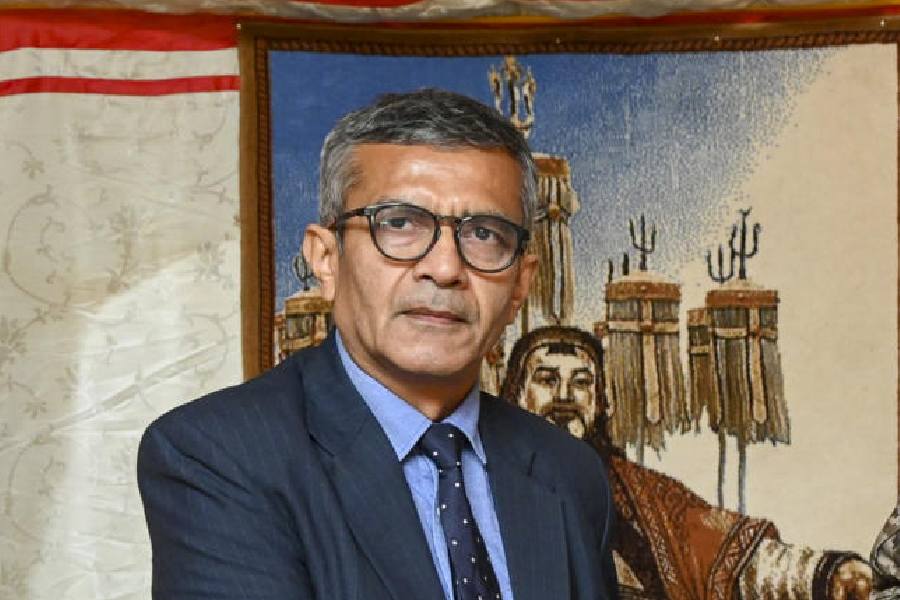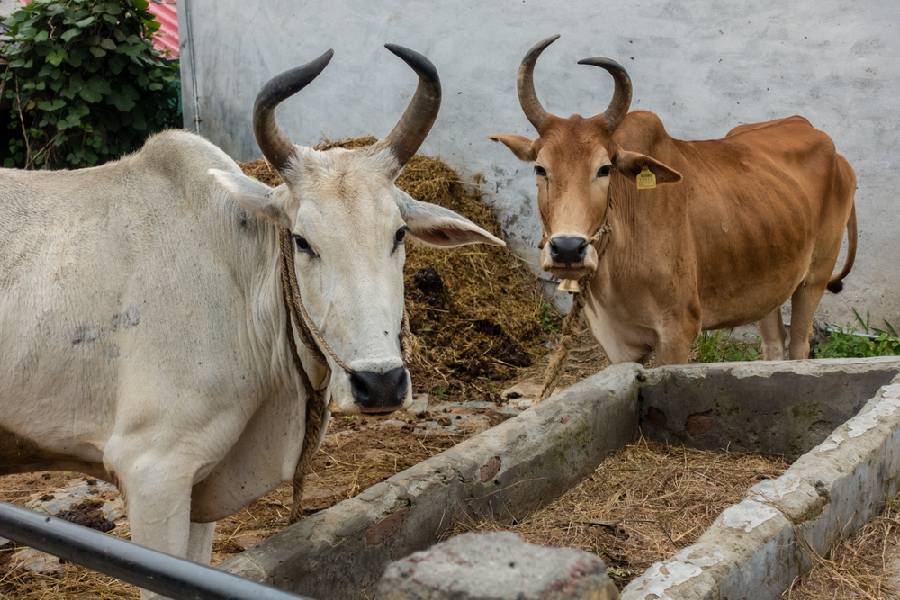 |
| Skilful portrayal: Swatilekha Sengupta in Nandikar?s Chokh Gyalo |
In her spare time, theatre actress and director Nilima Chakraborty, founder member of Swabak, likes to sift through stories, ancient and modern, looking for themes about women which she can turn into plays. And going by the productions of this theatre group, the predilection is for stories that explore issues ?not from a blatantly obvious point of view,? but those that focus on the subtle ways that gender discrimination works.
It is not surprising then that all three plays staged at The Kolkata Theatre Festival 2005 (Rabindra Sadan, April 10?12), organised by Swabak, belonged to this category. And yet each was as distinct from the other in terms of treatment and form as required in order to make it a varied experience. While one of the plays ? Shasti, based on Rabindranath Tagore?s story ? was Swabak?s own production and previously staged in the same theatre in February, the other two were performances of other groups. Sharthak Rupayan of Mumbai was invited to perform its by-now-well-received production of Tagore?s Streer Patra, an engaging drama directed by Ratan Dasgupta. It?s about a wife?s questioning of the status of women in the household and society. And Nandikar staged its most recent production, Chokh Gyalo, based on Tarashankar Bandyopadhyay?s story, Dainy.
Nandikar does what it never fails to do ? make socially-aware plays jolt you out of complacency. Chokh Gyalo stirs up the propensities of the human psyche, which, though hidden inconspicuously within the individual, give rise to injustice. A disturbingly stark stage represents the vast barrenness of chatiphatar maath, the wasteland on the edge of a village, on the other side of which dwells the dreaded witch-that-watches.
Director Gautam Haldar thinks nothing is more effective in revealing the mad, black face of superstition than to perturb the senses into seeing through the eyes of the branded. So Tarashankar?s story is executed mostly through an extensive use of light and sound.
There is silence in the beginning and through it a painted half-haunted, half-haunting eye appears on the screen as the backdrop that reflects passage of time, change of seasons, hours of day, sunsets and moonrise, sand storms and rain.
What seems meaningless is the introduction of the three characters, when most of the action is carried forward with the help of a virtual monologue. Swatilekha Sengupta?s skilful portrayal of a woman hounded into believing that she is a witch needs little help from others. The range of expressions and fluidity of movement brings alive the sad tale of an old, lonely and condemned ?hag?. She inspires pity, and even affection. Especially moving are the dialogues in which she expresses deep concern and anguish for those who have supposedly fallen prey to her black magic.
The other characters ? a woman with a sick baby who loses her way and lands up at the witch?s hut, the jilted lover boy who sees the witch waving to him in the moonlight and his girl ? inject suspense into the plot. But they make the narrative more lopsided, if anything. This is because much of the rest of the plot is otherwise conveyed through voice-overs, suggestive of the flashbacks and memories of the old woman. Tapas Sen?s light and Mayukh-Mainak?s sound add to the dramatic effects.











